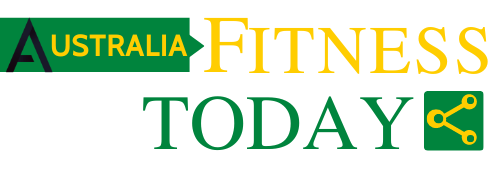- More subjects on NeuroAiD™ improved to functional independence compared to placebo among subjects receiving rehabilitation up to 3 months after an acute ischemic stroke.
- The larger treatment effect of NeuroAiD™ was sustained over 2 years which supports the hypothesis that NeuroAiD™ and rehabilitation might have additive and sustained benefits on neuro-repair processes after stroke.
- The results were consistent at various time points and seen on several indices, i.e. modified Rankin Scale (mRS) and Barthel Index.
SINGAPORE, Sept. 28, 2018 /PRNewswire/ — Moleac is pleased to announce the release of the results of an analysis showing the additional effect on post-stroke recovery of NeuroAiD™ combined to rehabilitation, published online in the journal Cerebrovascular Diseases1. Positive results at 3 months of the combination of NeuroAiD™ and rehabilitation had been communicated by Prof. Christopher Chen (CHIMES-E co-principal investigator) during the European Stroke Organization Conference (ESOC 2018) in Gothenburg, May 16. These new results recently published provide convincing data showing that this additive and sustained effect of NeuroAiD™ is maintained over two years in patients having received persistent rehabilitation up to 3 months. They confirm persisting long-term benefits of NeuroAiD™ on patients’ recovery after an ischemic stroke already demonstrated on 880 patients in the CHIMES-Extension study2.
This analysis conducted in 380 patients having received persistent rehabilitation up to 3 months shows that adding NeuroAiD™ increases significantly the odds of improving functional recovery and independence at 3 months and beyond after an acute ischemic stroke, compared to placebo in double-blind with well-balanced groups at baseline. The odds of recovery were increased by more than twice at 6 months and 1 year, with a success rate maintained over 2 years. This confirms the sustained additive effect of NeuroAiD™ to the one of rehabilitation supporting the brain neuro-repair processes spontaneously initiated after the occurrence of any brain lesion All these results were consistent at various time points and seen on 3 indices, i.e. mRS ordinal, mRS dichotomy 0-1, and Barthel Index.
“Stroke recovery is a multi-layered process and is complex. Hence, it is likely that a multi-modal approach may be more effective in achieving better patient outcomes, by regulating more than one endogenous neurobiological process to address the complexity of the stroke recovery process,” said Prof. Nijasri C Suwanwela, director of Chulalongkorn Comprehensive Stroke Center, Chulalongkorn University and co-investigator of the CHIMES-E study². “In this new analysis, we were able to show that NeuroAiD™ combined with rehabilitation achieved better outcome both on functional recovery and independence in activities of daily living than rehabilitation alone,“ she added. “There is a need for more data on the effect of combining rehabilitation programs with post-stroke treatments,” she concluded.
These results confirm the hypothesis raised by the CHIMES-E investigators: NeuroAiD™ combined to rehabilitation have a sustained additive effect compared to rehabilitation alone for improving functional outcomes after stroke1. Since most post-stroke patients have already undergone rehabilitation, combining a medical intervention that facilitates adaptive neuroplasticity with rehabilitation may be a logical and simple strategy for such multi-modal therapy, hence suggesting to extend NeuroAiD™ treatment duration beyond the 3 initial months, while recovery process is still in progress.
About CHIMES Society
The CHIMES Society is an international academic industry collaboration with the objective to establish new stroke treatments. It is a Singaporean non-profit society founded by a group of experts in stroke and South-East Asian stroke clinicians interested to implement a research project: the NeuroAiD™ Efficacy on stroke recovery trial (CHIMES trial).
The CHIMES-E Study was supported by the CHIMES society and grants were received by CHLC from the National Medical Research Council in Singapore (NMRC) which supports the implementation of CHIMES trial in Singapore.
About Moleac
To address therapeutic gaps, Moleac has pioneered a new drug development approach, looking at sources of innovation from Natural Medicines, hence shortening considerably drug development cycle time and investment to bring medicine to sufferers’ unaddressed needs. Moleac’s neurorestorative compound NeuroAiD™ reaches patients in more than 30 countries.
|
1. |
Suwanwela NC, et al. Effect of Combined Treatment with MLC601 (NeuroAiDTM) and Rehabilitation on Post-Stroke Recovery: The CHIMES and CHIMES-E Studies. Cerebrovasc Dis. 2018;5;46(1-2):82-88. doi: 10.1159/000492625 |
|
2. |
Venketasubramanian N, et al. CHInese Medicine NeuroAiD Efficacy on Stroke Recovery – Extension Study (CHIMES-E): A Multicenter Study of Long-Term Efficacy. Cerebrovasc Dis. 2015;44 39:309–318. doi: 10.1159/000382082 |
For more information:
Yeonhee Pee
Email: yeonhee.pee@moleac.com
Phone: +65-62113710

